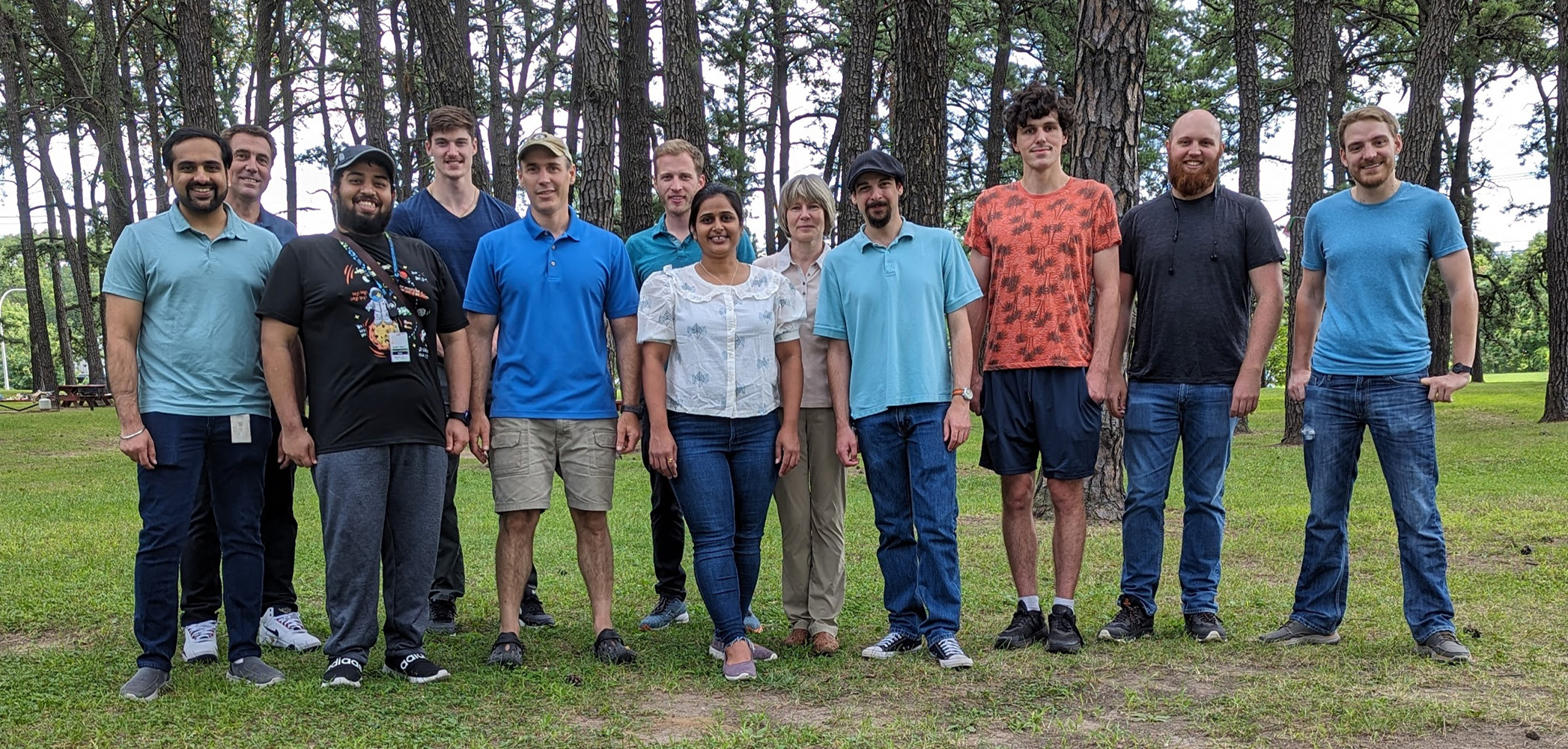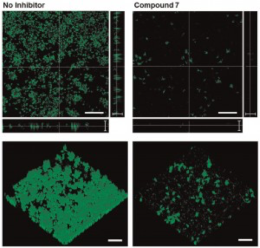Profs. Cady full access to the SUNY Poly nanofabrication complex for all nano/microfabrication tasks. SUNY Poly's fabrication facilities located at its Albany NanoTech Complex house more than 120 wafer processing and inline metrology tools. The tool sets installed in SUNY Poly's world-class facilities are dedicated to supporting the industry's wafer processing needs for the next several device generations ranging from 65nm to 7nm, and allowing exploratory work in support of full scaled nanotechnology. A complete list of available fabrication and metrology equipment and processes can be found at: https://sunypoly.edu/research/wafer-fabrication/wafer-processing-rd.html
SUNY Poly's next-generation facilities are currently operational with a fully enabled 65nm low power CMOS and RF CMOS offering. Early user hardware, custom R&D and on-demand derivative development support is provided at SUNY Poly with access to unique state-of-the-art industry standard semiconductor fabrication facilities, which serves as a technology test-bed leading to the development, demonstration, integration and qualification of advanced fabrication technologies for the semiconductor industry.
The SUNY Poly facilities house 300mm advanced lithography platforms to support 193nm immersion lithography development and EUV lithography development. Also installed are advanced wafer platforms for planarization, copper plating, etch development, ion implantation, thin film development and wet cleaning technology. In total, the nanofabrication complex houses the latest nanofabrication technology available, and house all the technology and equipment needed for the proposed project including resist spinners, UV immersion steppers, nanoimprint lithography, EUV lithography, E-beam lithography, PVD, CVD, PECVD and ALD deposition tools, chemical mechanical planarization (CMP) reactive ion etching, acid/base and solvent fume hoods.
Poly nano/micro fabrication facilities are broken down into the following sections, with these general capabilities: NanoFab 300 North is a 228,000 square foot, $175 million facility including 35,000 square feet of cleanroom space with Class 1 capable 300mm wafer production. NanoFab 300 South is a 150,000 square foot, $50 million facility including 32,000 square feet of cleanroom space. The facility also includes classrooms and offices for Poly. NanoFab 200 (also known as CESTM) is a 70,000 square foot facility that includes additional 4,000 square feet of cleanroom space, plus CNSE metrology labs. Equipment in this facility includes resist spinners, contact aligners, RIE etchers, evaporative and atomic layer deposition (ALD) thin film deposition tools, a plasma-based ashers, thermal annealing chambers and furnaces. Metrology equipment includes focused ion beam (FIB) sample preparation, X-ray diffraction, TEM, SEM, XPS, SIMS, and Auger spectroscopy. NanoFab Central, a 100,000-square-foot building that houses 15,000 square feet of 300mm wafer, class 1 capable cleanroom space, and NanoFab East, a separate 250,000-square-foot office, laboratory and classroom building. The newest building on-site to include fabrication facilities is NanoFabX, which was completed in 2013, and is a 500,000-square-foot facility with 50,000 square feet of 300mm wafer cleanrooms.
One of the unique metrology capabilities at SUNY Poly is a separately housed FEI Titan Themis S/TEM. This system is one of the most advanced electron microscopy platforms to date, capble of imaging and spectroscopy at the atomic level. The system is equipped with multiple cameras and detectors. The system is capable of providing simoultanous information about position, bonding and composition of atoms and can be fitted with a tomography holder to obtain nm-resolution 3D reconstruction and electric field maps.
Other facilities at SUNY Poly include a D-180 and D-75 MOCVD epitaxial growth system capable of growing the entire III-Nitride quaternary. This facility will be used for AlN quantum material.











